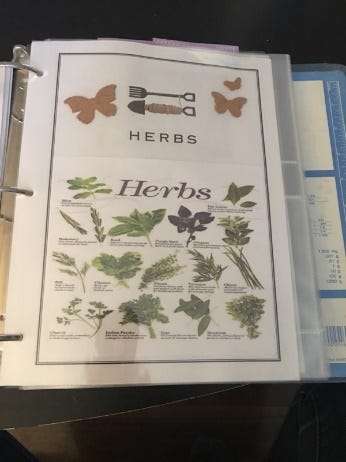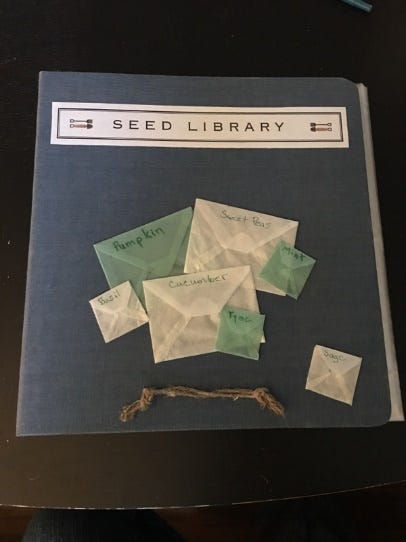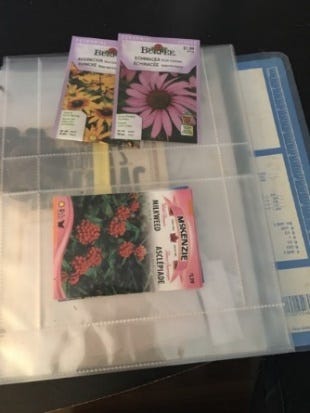TAMIE PERRYMENT



It’s still winter, but the sun is shining and it makes me think of spring. My mind is always on my plants. I worry about my perennials and fruit trees, because we had a period of really cold weather and no snow for most of our Edmonton winter. However, there’s not much I can do to see how they fared until April or May.
At this time of year, I prepare for the upcoming planting season. It’s fun to build on the plants from last year, to revamp my garden design, think about planting some new perennials and decide on what I need to plant in my vegetable beds.
As a gardener, one thing that’s important — if you haven’t done it already — is to start a gardening book. It’s always good to write down what you planted each year, when you planted it, and how it turned out. Keep a record of what you did or need to do to supplement your soil. Make a plan in your gardening book regarding what you want to grow this year.
Moving into spring, the new season of gardening, think about what you need to begin. Whenever I looked over my seeds, I wasn’t sure how long I’d had them. I now have a seed binder that I created to organize my seeds and other information I need for my garden. The binder that I developed is not only practical, but also fun. It allows me to focus on seeds without confusion.
I found a site that helped me develop my seed binder, which includes a useful page with PDF templates. You can use these to adapt your own seed binder.
Vellum envelopes have proved to be a useful tool for seeds that I collect over the summer. They are transparent and I can see my seeds — I prefer them over brown paper ones that don’t have this option. I can also get vellum envelopes in a smaller size. I inscribe them with the date, the type of seed, and whether it’s a fall or spring/summer seed.
Plastic photo holders are also great for seeds. I have small card boxes for overflow.
As your seed binder can be a keepsake, decorate as it inspires you. There’s information online about seed saving (mostly vegetables) and when to plant them.
Tamie Perryment has an Organic Master Gardener’s Certificate from Gaia College, and is on the board of the Edmonton Horticultural Society. A longtime member of Parkdale-Cromdale Community League, she coordinates award-winning front garden design and maintenance.
Spring Planning for March
Seed starting begins!
Plan a list of what you wish to plant indoors and what you want to buy.
Make a list of items to purchase such as organic fertilizer, soil, compost if needed, peat moss, etc.
Research the best places to get the items for your garden.
Continue with the garden planning in your gardening book and seed binder.
Order a catalog from one of the seed places below.
A list of places that sell organic seeds:
Ontario Seed Company: Native Seeds for Conservation and Reclamation
Seed packs organic coding: U, O, OP, or H.
U — Untreated seeds, not coated with chemicals that are harmful to soil, life, and humans.
O — Organic seeds from plants that have grown via organic methods.
OP —Open-pollinated organic seeds, capable of reproducing themselves.
H —Heritage seeds. Seeds passed down from generation to generation.




